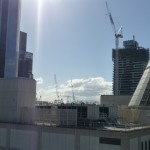
Everywhere in Oz we see a construction boom. Even from our patio in Melbourne we can see over a dozen cranes, and we know that others are just out of view because we have been passing them on the streets. One wonders at times whether all the cranes in the world are here in Australia.
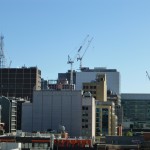
Most of this boom is due to this country’s relationship with fast-growing China (click here to read our observations about Western Australia). China has bought farms and mines and built ports to ship the products home. Natural resources like iron ore and coal, as well as tonnes of farm products, stream from ports across the South China Sea.
Jobs in mining and farming are plentiful. With a minimum wage here around $20, and even higher wage levels in the mines, young people come here from around the world to make a good income. One 21 year old we met was a second mate on a ship that off-loaded fishing boats and delivered supplies to them. He was making $160,000 a year (see our post on Cairns). This kind of opportunity is happening all over the country.
As a result of this growth, Australia has found it doesn’t have enough locals able or willing to do the tough work of mining, shipping or picking crops. But they have solved that problem by opening up the door to immigrants who want to travel and work. The mainly (but not always) young people usually work for years at these lucrative jobs, in areas remote from cities. They have their room and board paid for and save most of what they earn for the future.
Once they hit the cities, they need homes. Meanwhile, the management of the companies needs more and more offices to handle their fast-growing enterprises. So building is booming in the major cities, even as far from the main farming and mining action as Melbourne.
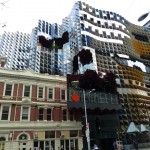
But it’s not all sterile, corporate stuff going up, or style-starved apartment buildings. One of the things we love about the local attitude towards architecture is how the old and new are allowed to blend together, most notably here in Melbourne as well as in Perth. If the outside of a building is viable, town planners encourage architects to leave those exteriors in place, incorporating these into the new building by gutting the inside and sprucing up the outside.
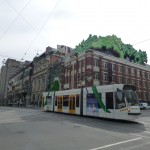
Parts that are structurally unsound are torn down and new styles are built into the old. This attitude makes for an eclectic blend with lots of curbside appeal on the street and also saves history at the same time. Here, the old Dr. Pepper building and Mrs. Baird’s bread factories in Dallas would have survived. The buildings would have been repurposed and expanded without losing that bit of history.
Many who have visited China since it began its rapid growth find that the past there is being excavated and ever overwhelmed by newer, shinier, taller buildings. At least, Australians are trying to find a balance – retaining some things old along with the fast-growing new.
(Also, for more pictures from Australia, CLICK HERE to view the slideshow at the end of the Australia itinerary page.)


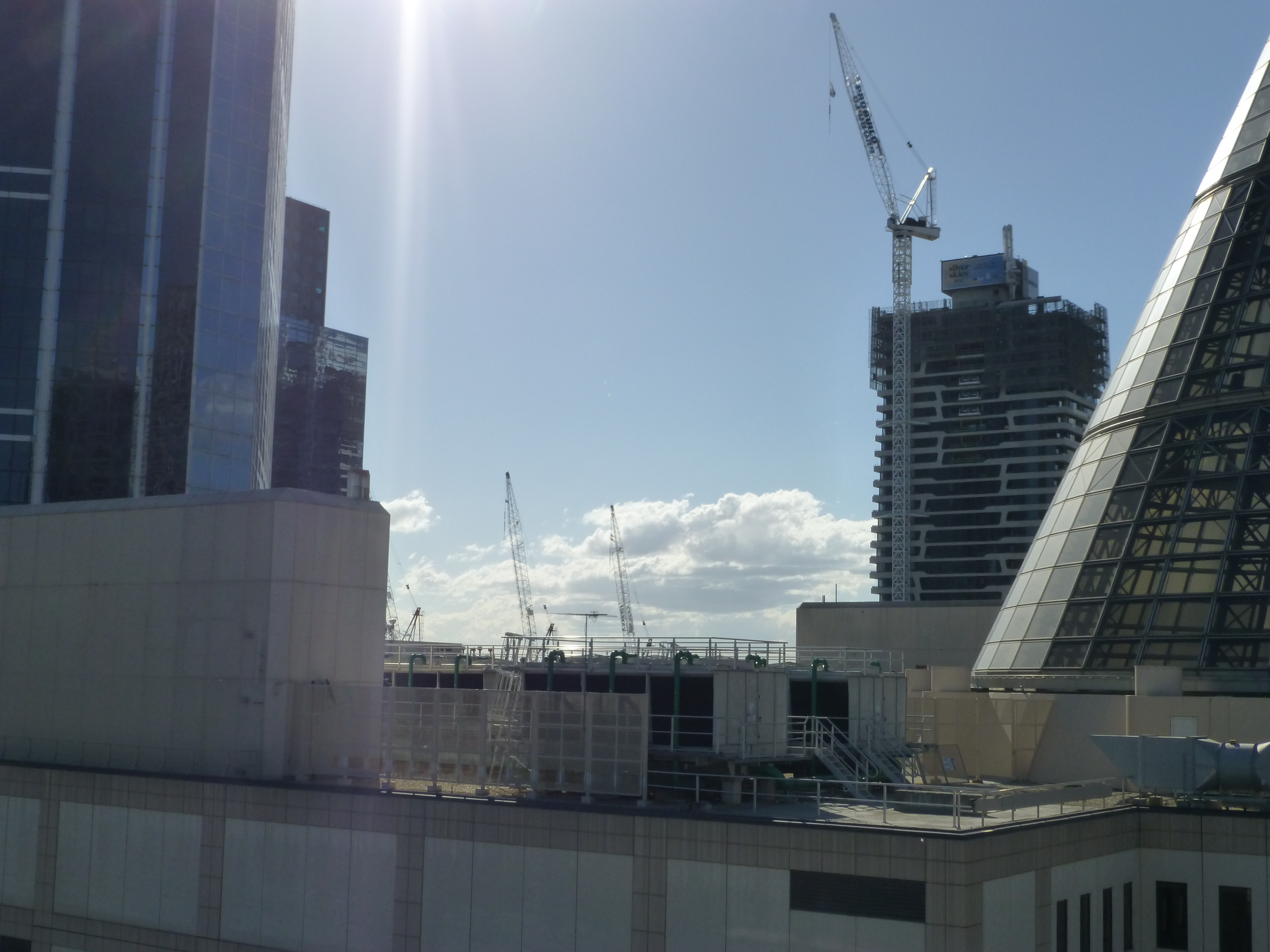

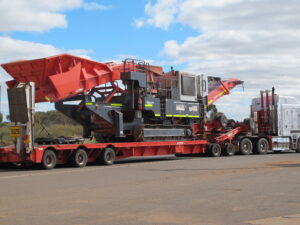
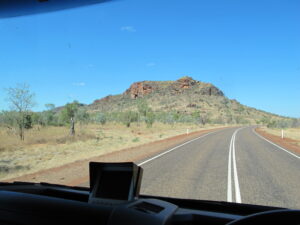

$20 an hour?!! That glassy building is really interesting, though it looks like it was hit by a mortar…
Those holes in the building are intentional, of course, and they are actually open air decks to sit out and relax with your favorite chocolate drink…or whatever.